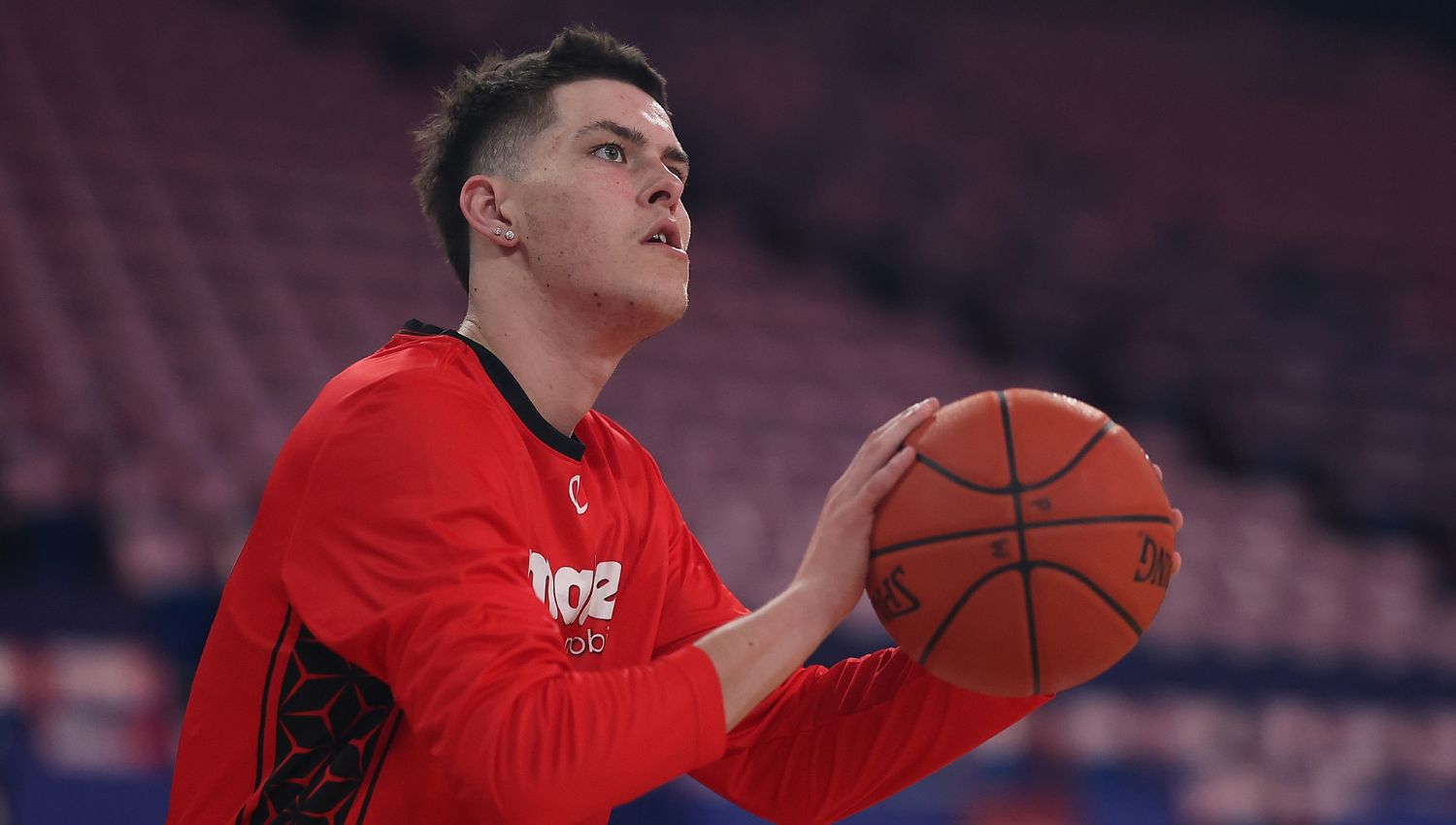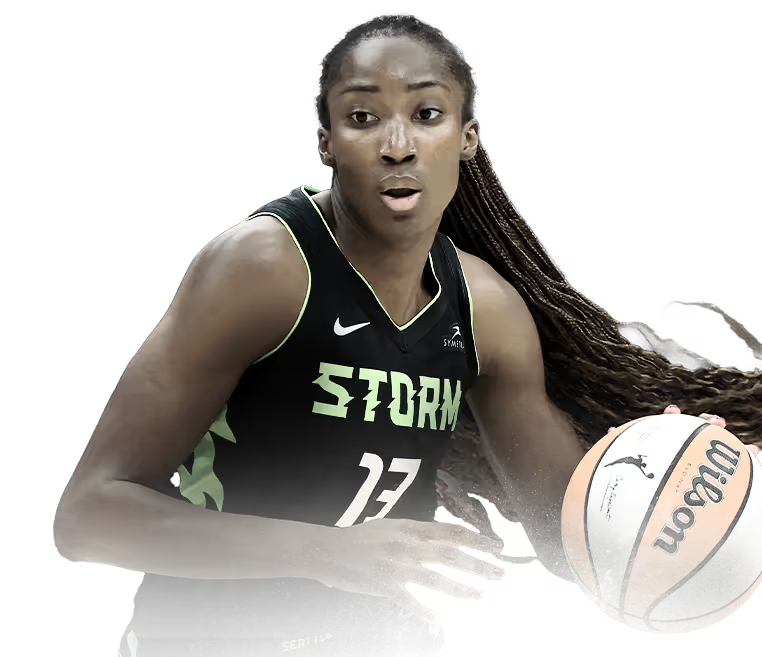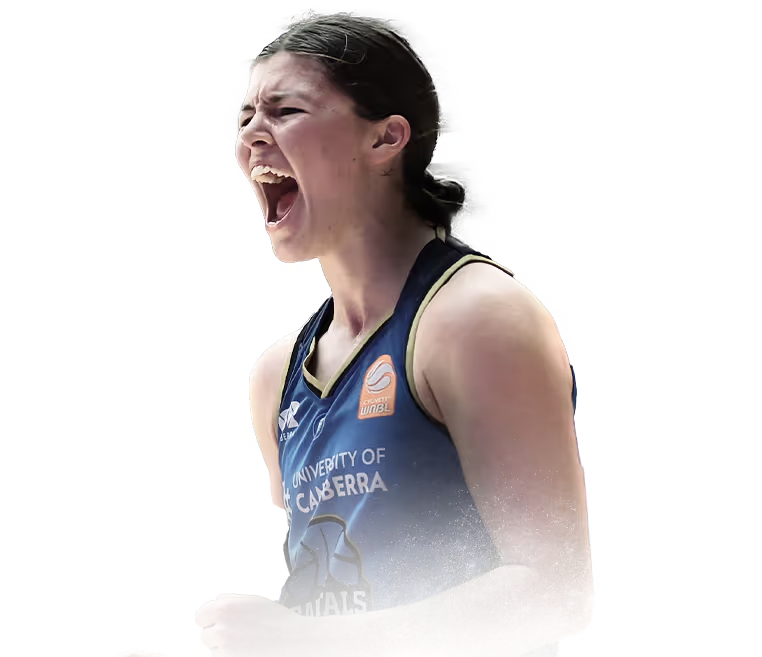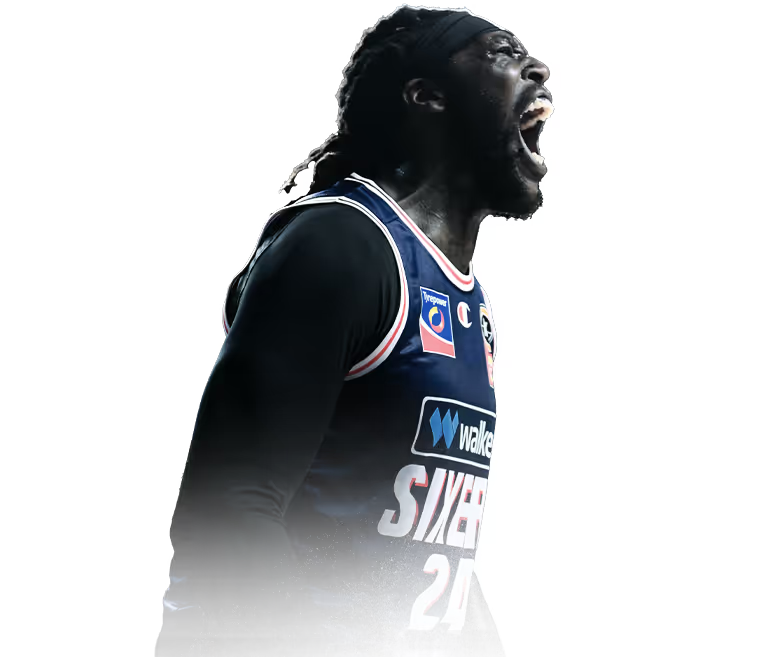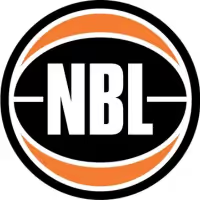

26
Oct
Player Profile
Best Players in NBL History: Brett Maher
Brett Maher is an Adelaide 36ers legend, 3-time champion and Grand Final MVP
- 3-time NBL champion with the Adelaide 36ers (1998, 1998/99, 2001/02)
- 2-time Larry Sengstock Medal winner as Grand Final MVP (1999, 2002)
- Adelaide 36ers all-time leader in games (525), points (8,941), and assists (2,267)
Brett Maher stands as one of the NBL's most iconic figures, dominating the league for 18 seasons with the Adelaide 36ers and leaving an indelible mark on Australian basketball.
Overview
Brett Maher's basketball journey began in Adelaide, where he honed his skills with the Sturt basketball program. His talent caught the eye of scouts, leading to a scholarship at the Australian Institute of Sport. In 1992, at just 18 years old, Maher made his NBL debut with the Adelaide 36ers, marking the beginning of a stellar career.
Career snapshot
Maher's early years with the 36ers saw him develop from a bench player to a key contributor. By 1997, he had become team captain, a role he would hold until his retirement in 2009. Throughout his career, Maher's scoring ability, leadership, and clutch performances were instrumental in the 36ers' success.
Playing style
Known for his sharpshooting and court vision, Maher was a versatile guard who could both score and distribute. His ability to hit three-pointers under pressure made him a constant threat, while his basketball IQ allowed him to orchestrate the 36ers' offense effectively.
Why Brett Maher is on our list
Maher's impact on the NBL and the Adelaide 36ers is undeniable. His three championships, two Grand Final MVP awards, and numerous individual accolades speak to his dominance. Beyond the statistics, Maher's leadership and loyalty to a single club throughout his career set him apart as one of the league's most respected figures.

Five Fast Facts
- Maher is one of only two players to win the NBL Grand Final MVP award twice
- He represented Australia at the 2000 Sydney Olympics
- The main court at the Adelaide 36ers' home arena was renamed "The Brett Maher Court" in his honor
- Maher's number 5 jersey was retired by the Adelaide 36ers
- He finished his career ranked 7th all-time in NBL games played and 14th in total points scored
Career Highlights Timeline
1992: Made NBL debut with Adelaide 36ers at age 18
1996: Selected for Australian Boomers Olympic squad
1997: Named captain of the Adelaide 36ers
1998: Won first NBL championship with Adelaide
1999: Led Adelaide to back-to-back titles, won first Grand Final MVP
2000: Represented Australia at Sydney Olympics
2002: Won third NBL championship and second Grand Final MVP
2009: Played final NBL game, retiring as Adelaide's all-time leader in several categories
Brett Maher's legacy in the NBL is one of consistency, excellence, and leadership. His ability to perform at the highest level for nearly two decades, coupled with his integral role in the Adelaide 36ers' most successful period, cements his place among the most dominant players in NBL history. Maher's impact extended beyond his on-court performances, as he became a symbol of loyalty and dedication to a single franchise, a rarity in modern professional sports.
His shooting prowess, particularly from beyond the arc, made him a nightmare for opposing defenses. Maher's career three-point percentage and his ability to hit clutch shots in high-pressure situations were key factors in Adelaide's championship runs. His leadership as team captain for over a decade helped nurture young talent and maintain the 36ers' competitive edge.
Maher's international experience, including representing Australia at the 2000 Sydney Olympics, further enhanced his skill set and brought valuable experience to his NBL career. This international pedigree, combined with his domestic success, made him one of the most complete players of his era.
The renaming of Adelaide's home court in his honour and the retirement of his jersey number 5 are testaments to Maher's impact not just on the 36ers, but on the entire NBL. These honours reflect the respect he commanded from fans, teammates, and opponents alike.

As the Adelaide 36ers' all-time leader in games played, points scored, and assists, Maher's statistical legacy is secure. However, his influence on the game goes beyond numbers. He set a standard for professionalism and commitment that inspired a generation of Australian basketball players.
Brett Maher's career serves as a blueprint for longevity and success in the NBL. His ability to adapt his game as he aged, transitioning from a pure scorer to a more well-rounded floor general, allowed him to remain effective throughout his 18-season career. This adaptability, combined with his unwavering work ethic, ensured that he remained a key player for the 36ers even in the twilight of his career.
In conclusion, Brett Maher's dominance in the NBL is characterised not just by his impressive statistics and accolades, but by the lasting impact he had on the league and the sport in Australia. His combination of individual brilliance, team success, and longevity make him one of the most influential and dominant players in NBL history. Maher's legacy continues to inspire players and fans, cementing his status as a true legend of Australian basketball.
Exclusive Newsletter
Aussies in your Inbox: Don't miss a point, assist rebound or steal by Aussies competing overseas. Sign-up now!



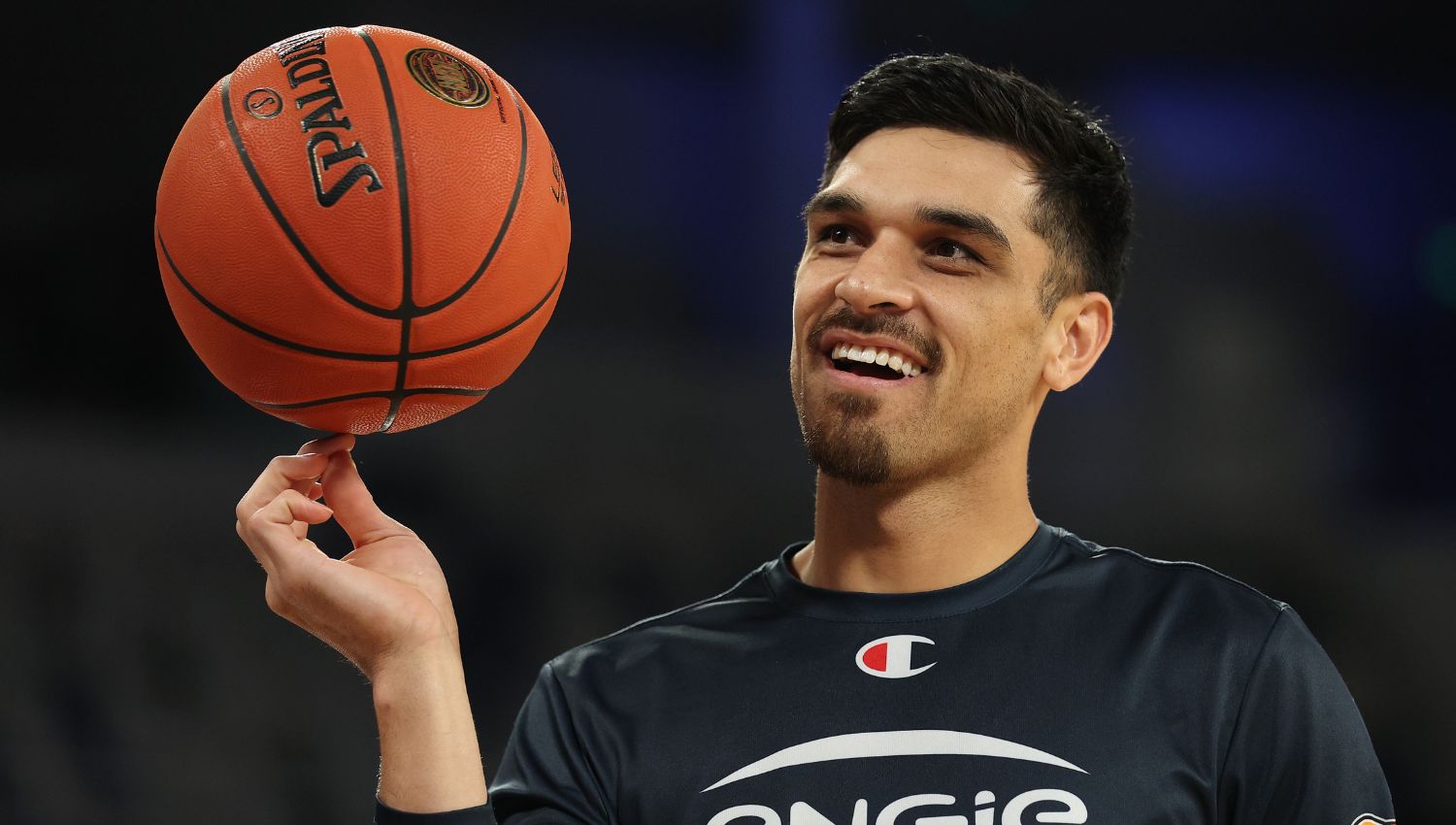
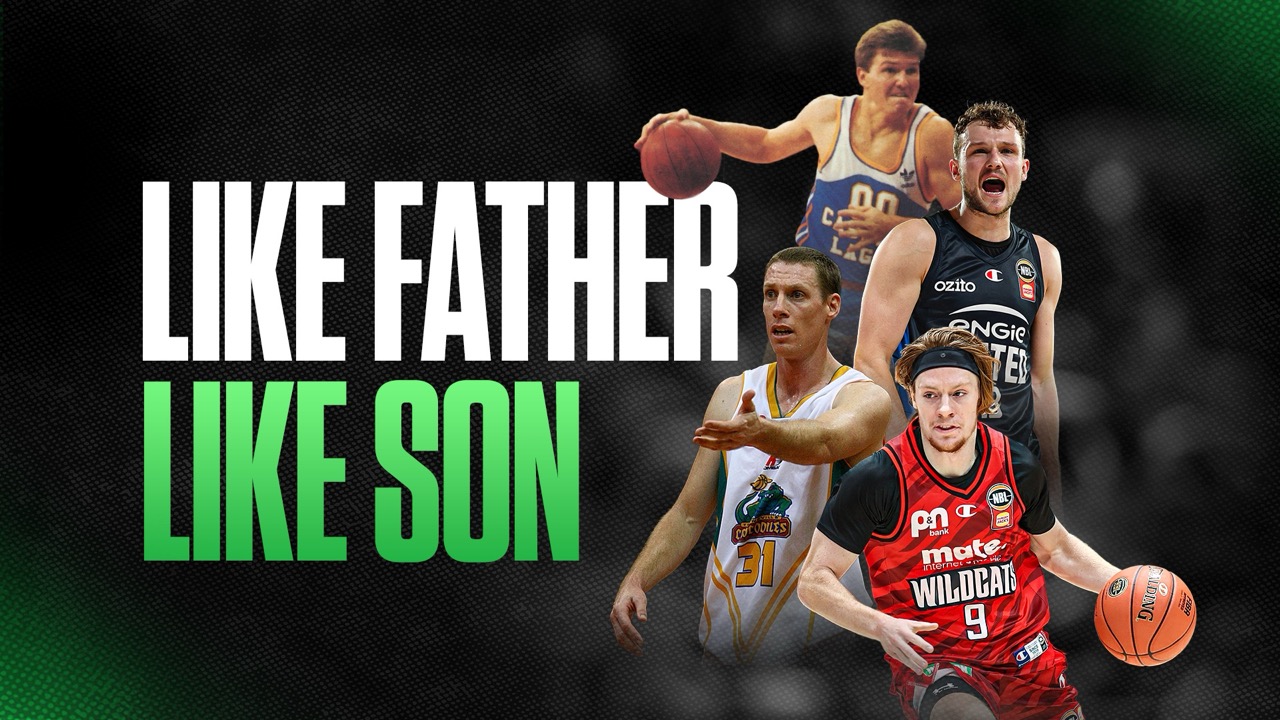
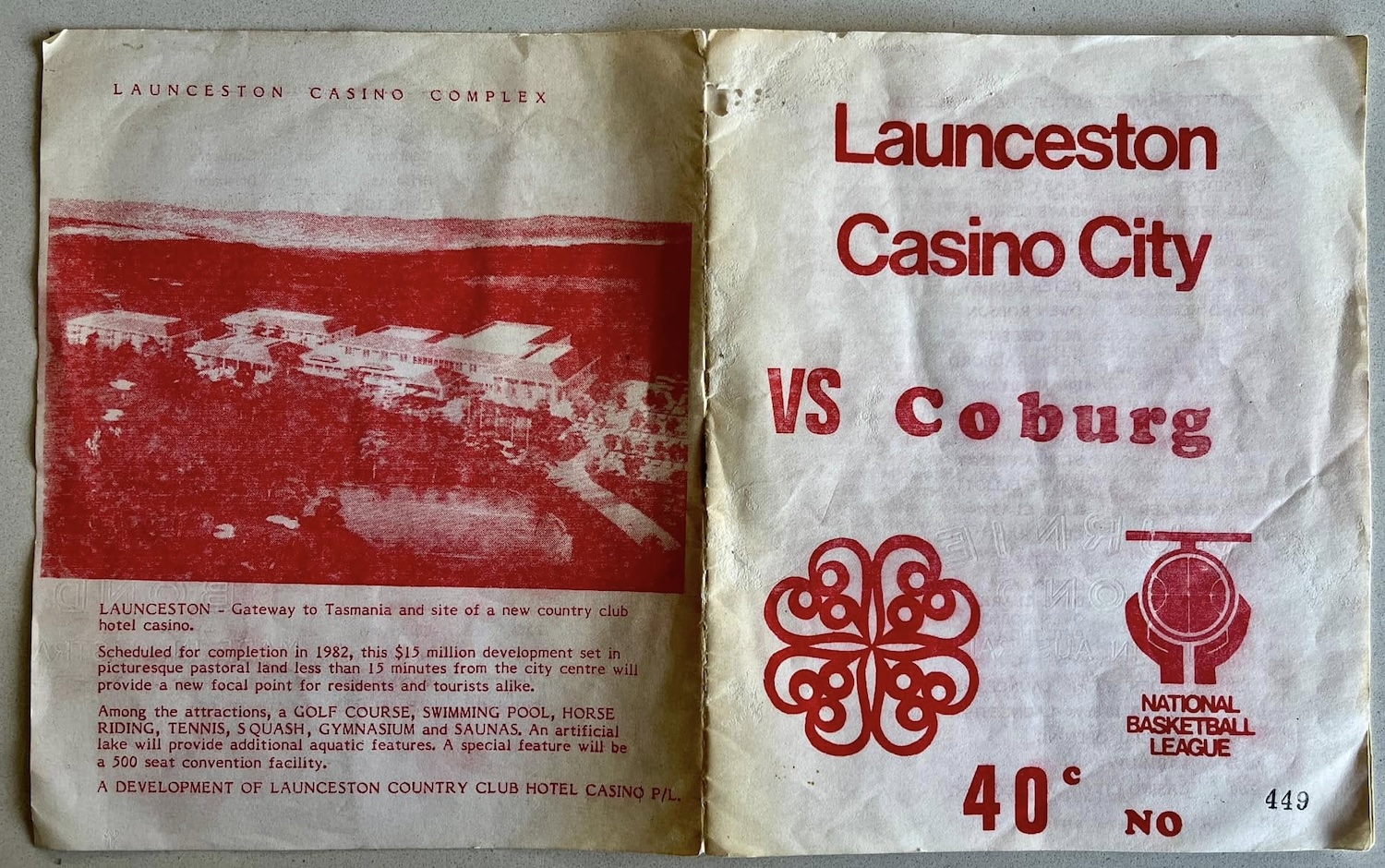
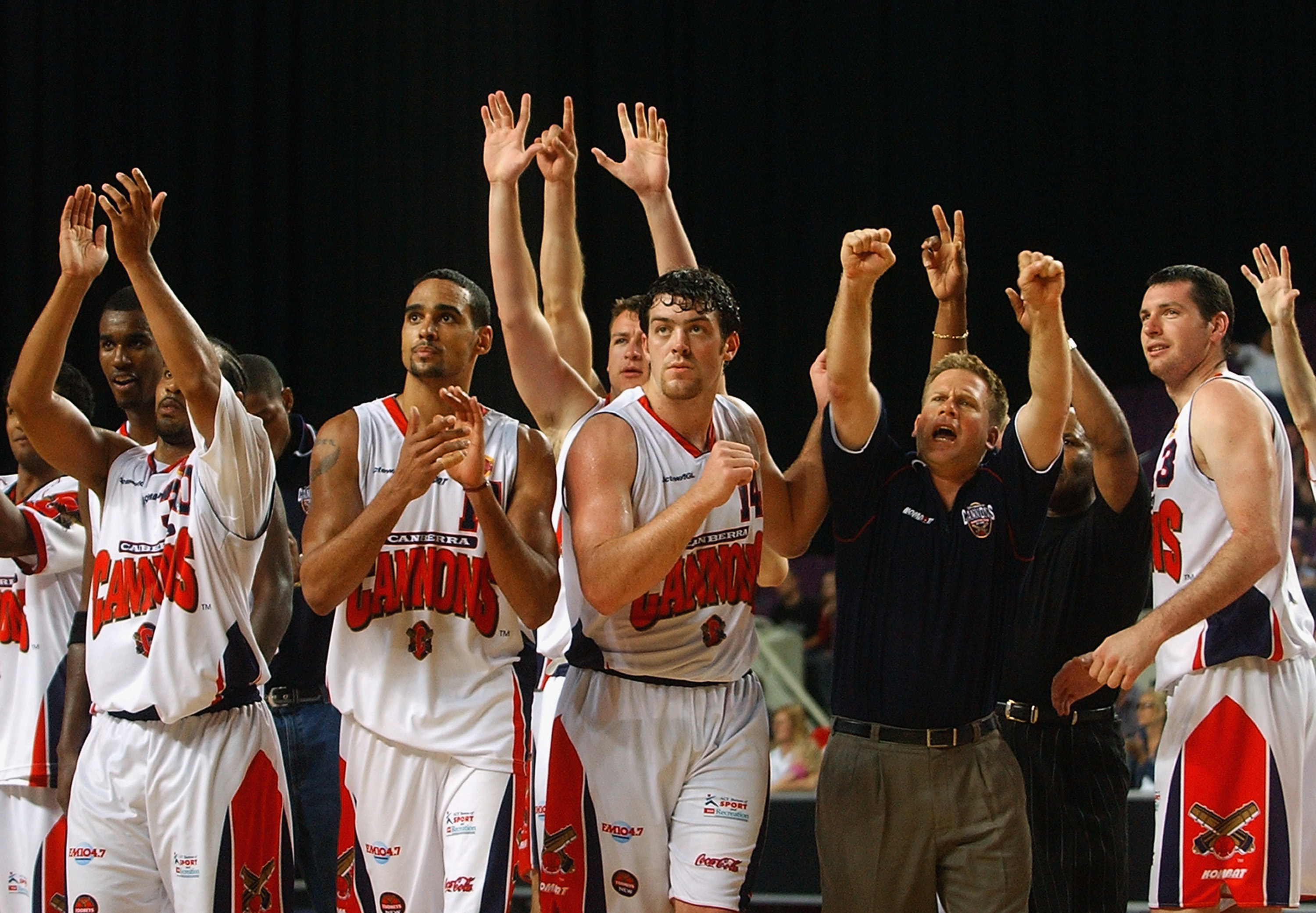

.png)

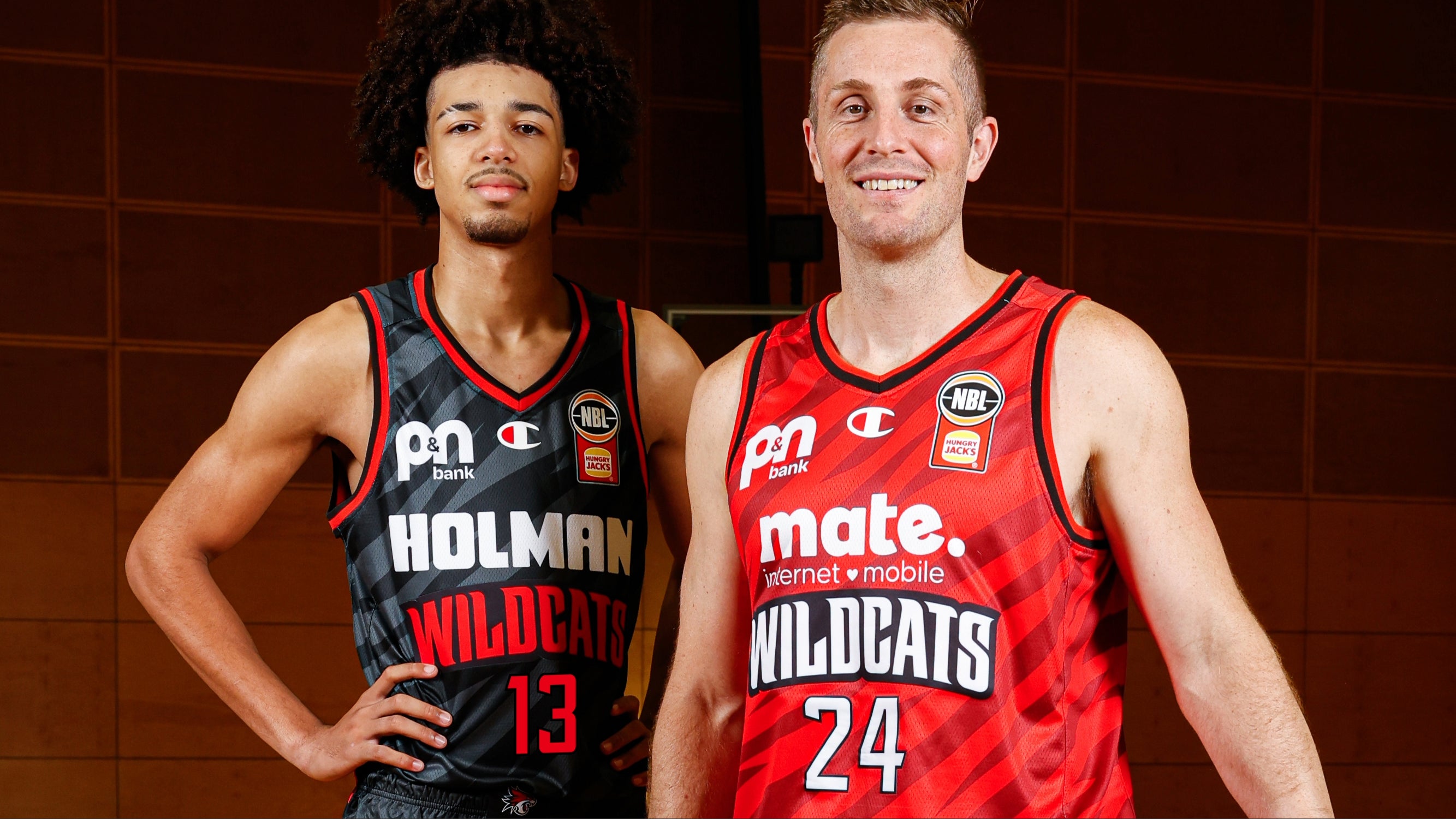

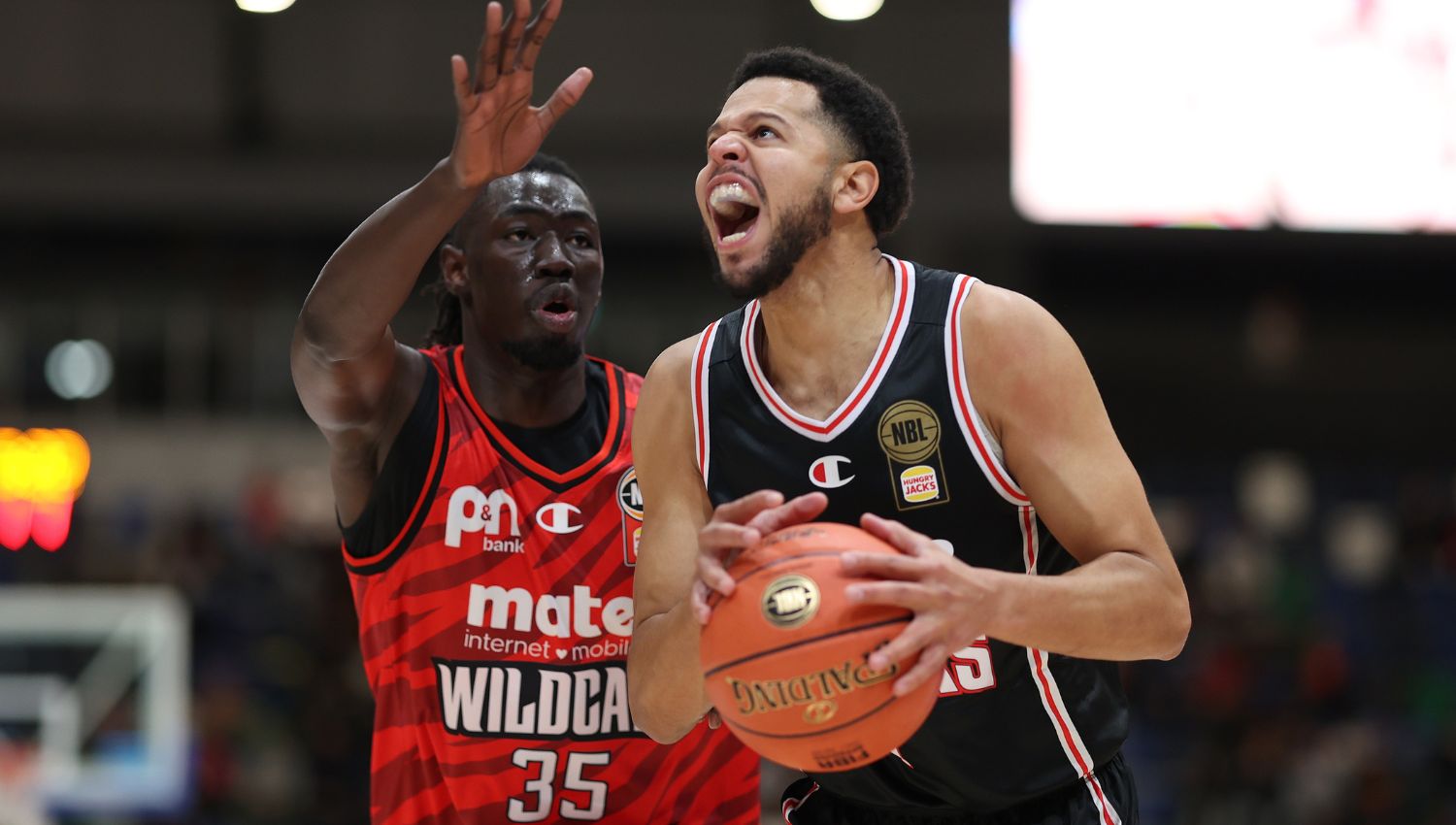


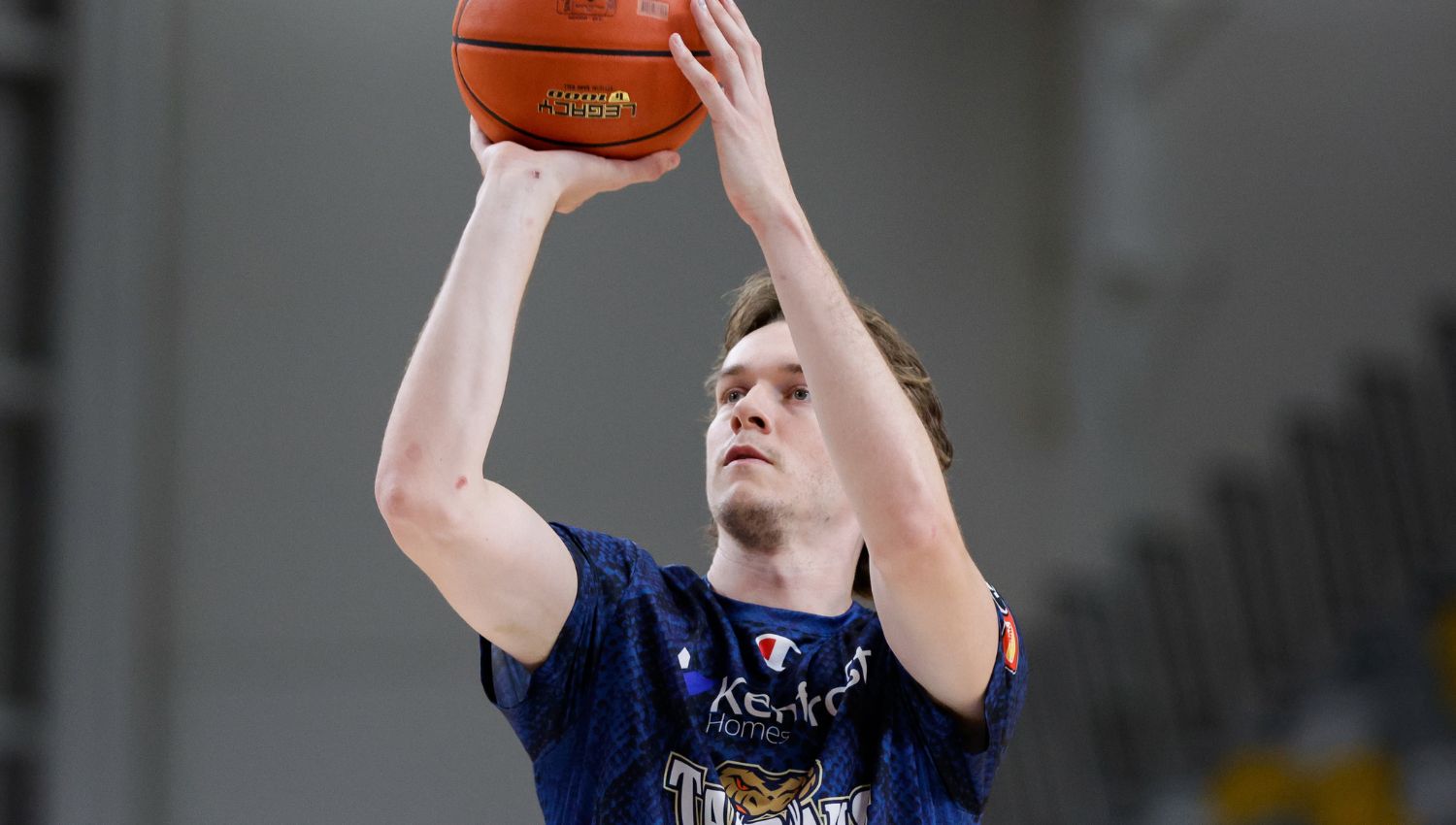
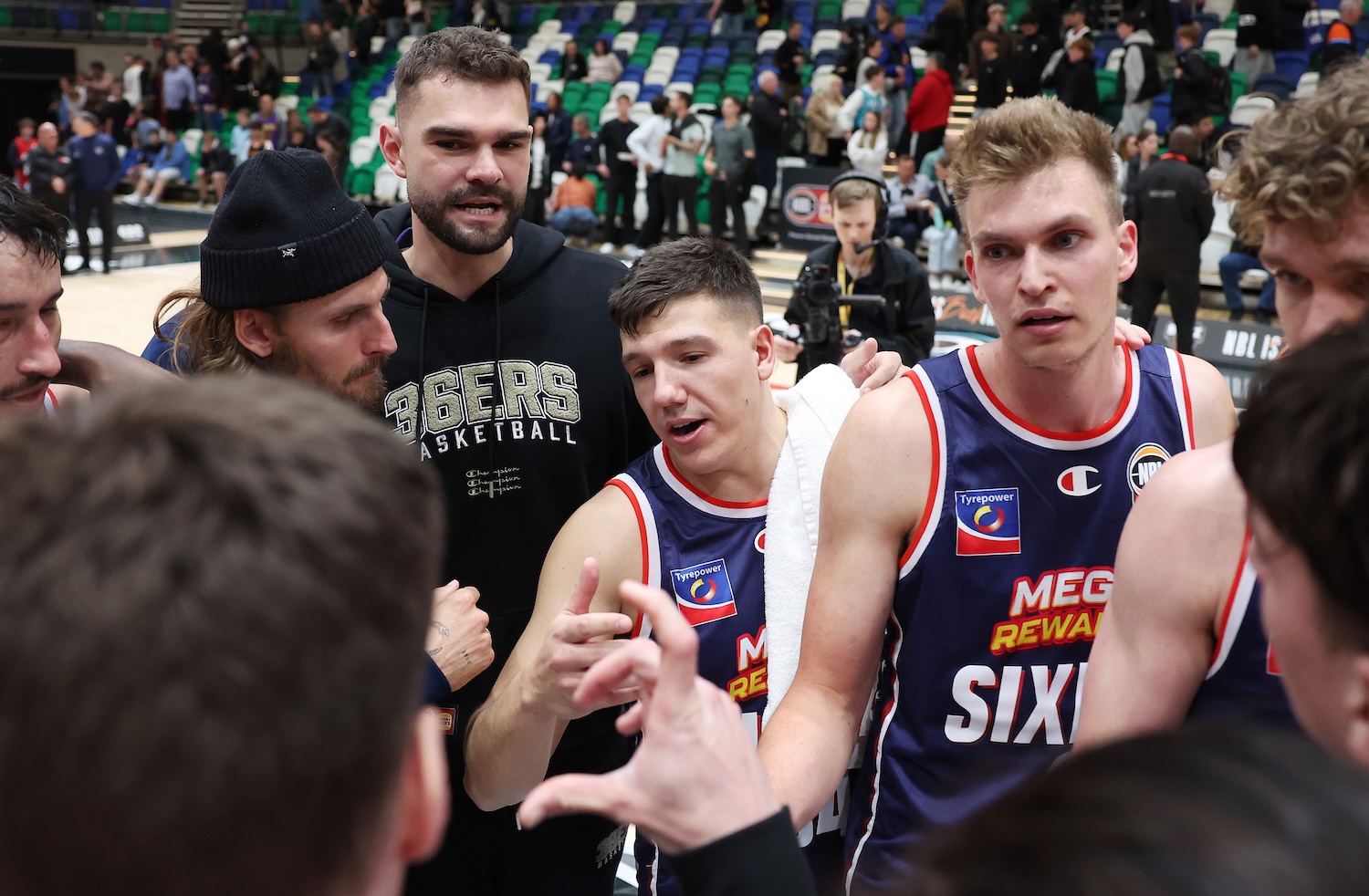
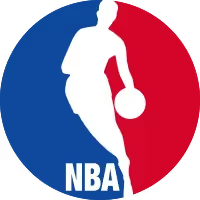


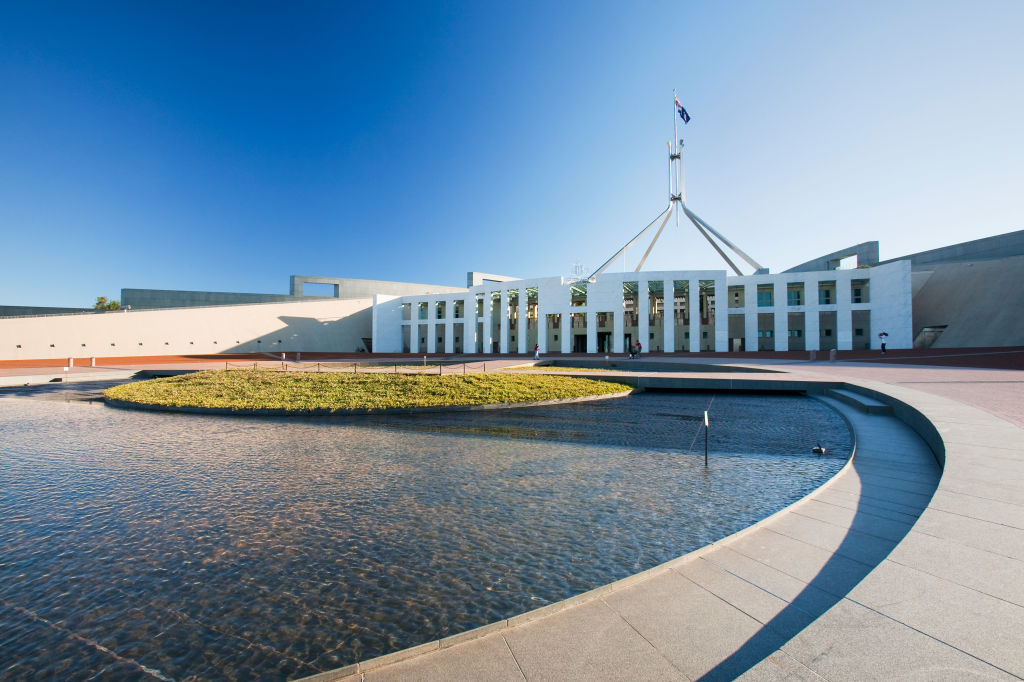
.jpg)
